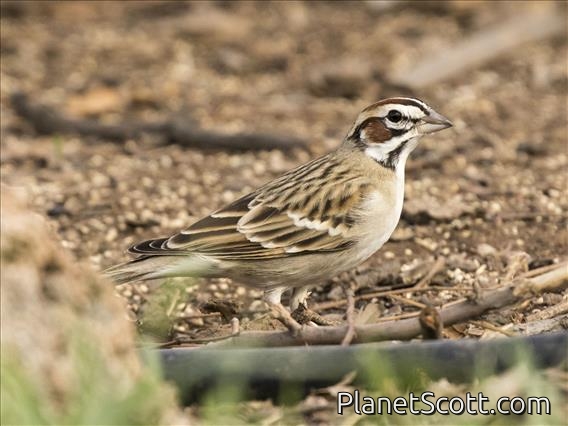Lark Sparrow (Chondestes grammacus)

Lark Sparrow (Chondestes grammacus)
×


Lark Sparrow (Chondestes grammacus)
About Lark Sparrow (Chondestes grammacus)
- Kingdom: Animals
- Phylum: Chordates
- Class: Birds
- Order: Perching Birds
- Family: Old World Buntings
The lark sparrow is a fairly large New World sparrow. It is the only member of the genus Chondestes.
Source: Wikipedia
Visits
-
2007-04-10
Ejido Lagoon, United States of America -
2008-01-08
Singayta, Mexico -
2008-02-23
Cabo Pulmo, Mexico -
2011-05-29
Del Puerto Canyon and Mines Road, United States of America -
2012-07-11
Theodore Roosevelt National Park - South Unit, United States of America -
2012-12-06
Solano County Farmlands, United States of America -
2013-04-15
Balcones Canyonlands NWR--Refuge HQ (Travis Co.), United States of America -
-
2013-09-07
Mountain Lake, United States of America -
2014-02-22
Panoche Valley, United States of America -
2014-05-09
Cave Creek Canyon--Southwestern Research Station, United States of America -
2015-01-03
Woodward Park, United States of America -
2015-01-04
Panoche Valley, United States of America -
2015-01-14
Bernal Hill, United States of America -
-
-
-
-
-
-




